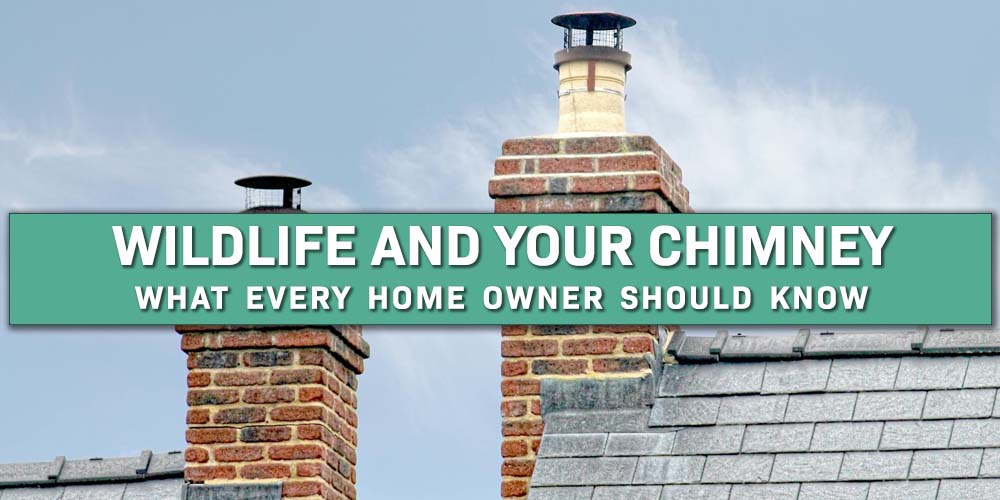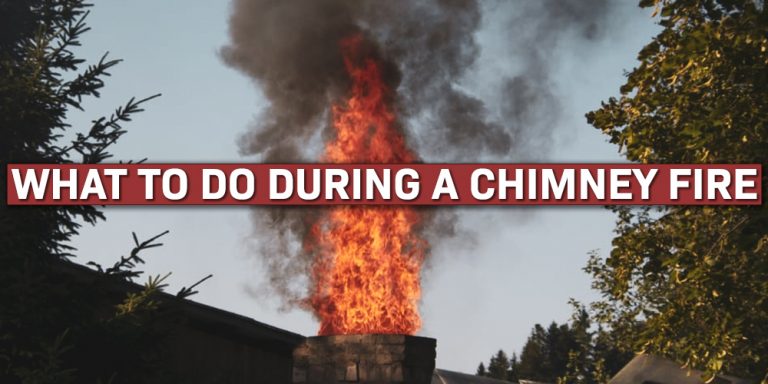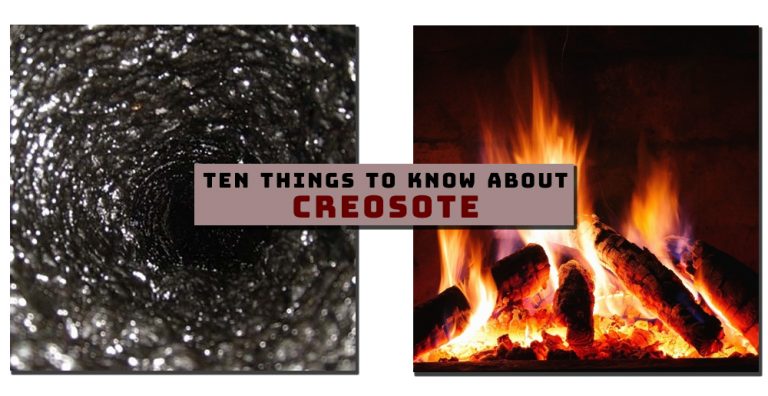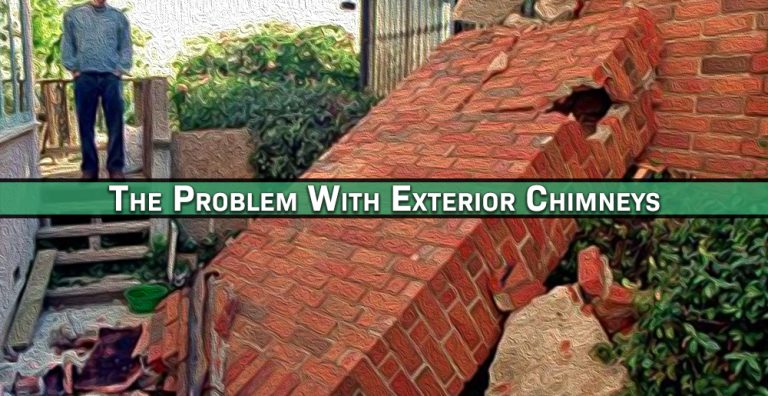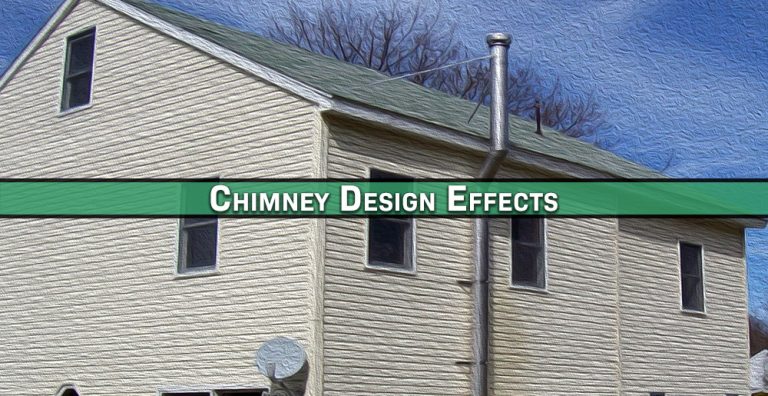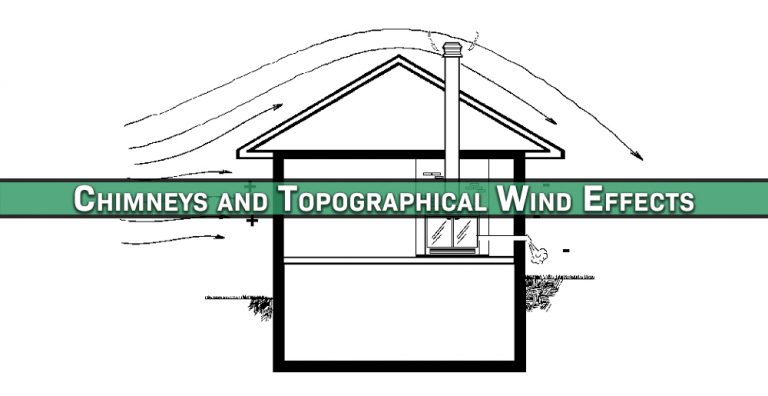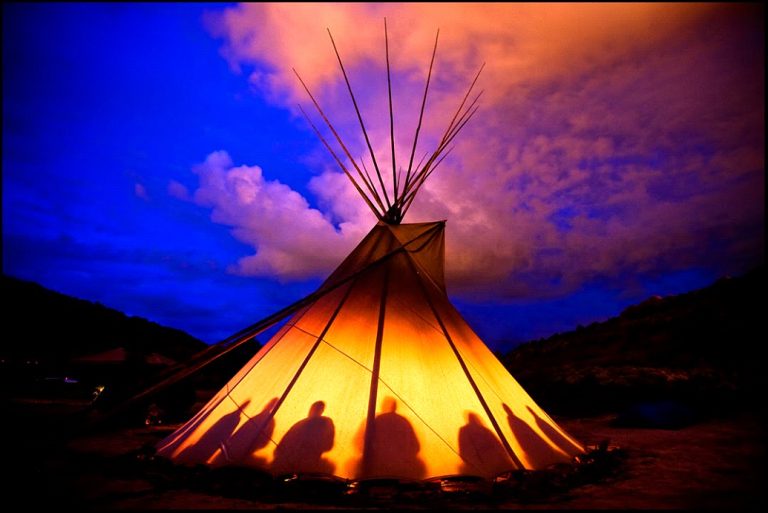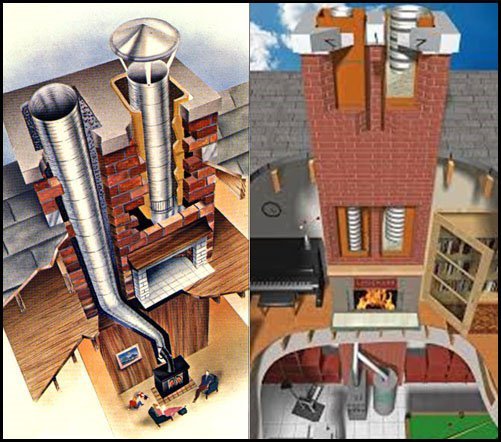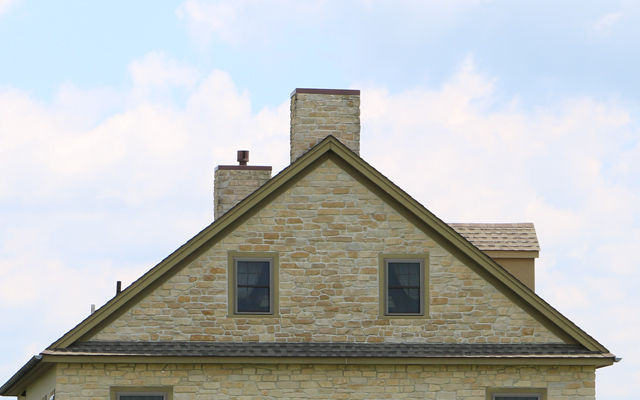Wildlife And Your Chimney: What Every Homeowner Should Know
As you fire up your wood stove or fireplace this fall, it’s important to ask yourself: Is there anything living in my chimney, and what should I do if there is? Your chimney may not seem like a good spot for wildlife, but without proper precautions and maintenance, you could easily find yourself shacked up…
